Crafts are wonderful. They make great presents for almost anyone in your life, and they are a wonderful way to spend your day.
Learning crafts is also an excellent way to add some valuable life skills to your arsenal, as well as to give your brain a nice, relaxing workout.

Of all the types of crafts out there, needle felting is perhaps one of the most underrated. After all, there are many advocates for knitting, crocheting, or sewing. Felting? Not so much.
Even still, there are many reasons why people choose needle felting over other types of crafts.
To understand needle felting, let’s take a closer look at what it really is.
- What is Needle Felting?
- Felting Supplies
- Two Types of Felting
- How to Needle Felt
- Choose a Shape
- Find a Mold
- Prepare Your Wool
- Prepare Your Workspace
- Begin to Pack the Wool
- Outline the Shape That You Want
- Make the Shape More Compact and Firm
- Fold in Excess Fibers
- Needle Techniques
- Types of Wool
- Getting Better at Needle Felting
What is Needle Felting?
Felting is the process of creating felt using wool, which is done using heat, moisture, or pressure. There are many ways to create felt by hand, as well as numerous industrial methods for creating large batches of felt.
If you knit, chances are you know of felting. Knitted crafts can easily be felted by throwing it in with felt inside a washing machine.
The heat from the water, combined with the agitation, allows the wool to stick to the knit. The result is a stiffer, more durable garment that maintains its shape.
Other types of felting accomplish the same principle. Most notably, wet felting is a very similar process, conducted with the use of water and pressure to create felt. Wool is moistened with water, pressed, and then left to dry, creating a stiff and flat fabric.
Needle felting, on the other hand, is felting using needles. The wool is agitated and matted together, allowing it to hold a shape of your own choosing.
Felting Supplies
To needle felt, all you need are needles, felting wool, and a felting surface.
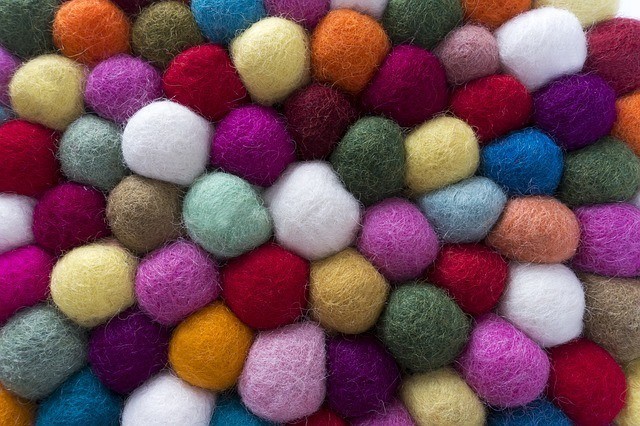
There are other needle felting tools that you can add to your collection, such as special types of felting needles and molds. For basic felting, however, these three things are all you need to begin.
If you intend on buying needle felting supplies and don’t want the hassle of going through all the different styles on the market, you may want to consider buying a felting kit.
These will have everything you need to begin, and a store near you will likely have one that is perfect for beginners.
Felting Needles
Felting needles are specially designed for this craft. You cannot use other types of needles to make felt, as they will lack the barbed blades at their tips, which are used to agitate wool.
In this process, the wool is caught in the barbs and then is matted into the rest of the fabric when you press down.
Remember to be careful when using felting needles. Because they have barbs at their tips, they are going to be sharp. They are also thin, which makes them prone to breaking.
If you’re accustomed to knitting and crochet needles that have a dull point, remember that felting needles should be handled with caution.
Felting Wool
When choosing the type of wool, you may be overwhelmed by the number of options that you have.
Indeed, when looking at shops, there is a great variety to choose from, made of different materials and by different manufacturers.
For beginners, a good type of wool is batting wool. It doesn’t really matter the type of color that you pick, or how much you buy. At the end of the day, the wool that you use should depend on what you’re most comfortable with.
Here’s a video explaining more on different types of felting wool.
Felting Surface
Your felting surface is going to stop your wool from poking out to the other side.
When starting out with needle felting, you don’t have to use a surface specially designed for felting. Instead, there are many objects you can use that are lying around the house, such as sponges or foam blocks.
As long as it’s something along those lines, which is at least two inches thick, it will make for a great felting surface.
Two Types of Felting
There are two main types of felting. The first type is called applique felting, which is the process of attaching wool to a flat piece of felt.
The second type of felting is called structural felting, which is when we create a 3D object made of felt using wool. Both techniques can be used together, with structural felting used as the body of your craft and applique felting used to add details.
For the purposes of this guide, we will be walking you through structural felting. It’s worth noting that the techniques used in structural felting are similar to applique felting.
How to Needle Felt
Needle felting is an easy craft, especially when compared to others. For example, when you’re first starting out with knitting or crocheting, you may find yourself with a bit of a learning curve, trying to understand how different types of stitches work.
With needle felting, however, all you need to do is understand how to hold the needle, and you’re good to go.
Choose a Shape
For beginners, it’s wise to start with small, simple, geometric shapes. Easy shapes that are at least three inches in diameter are great practice.
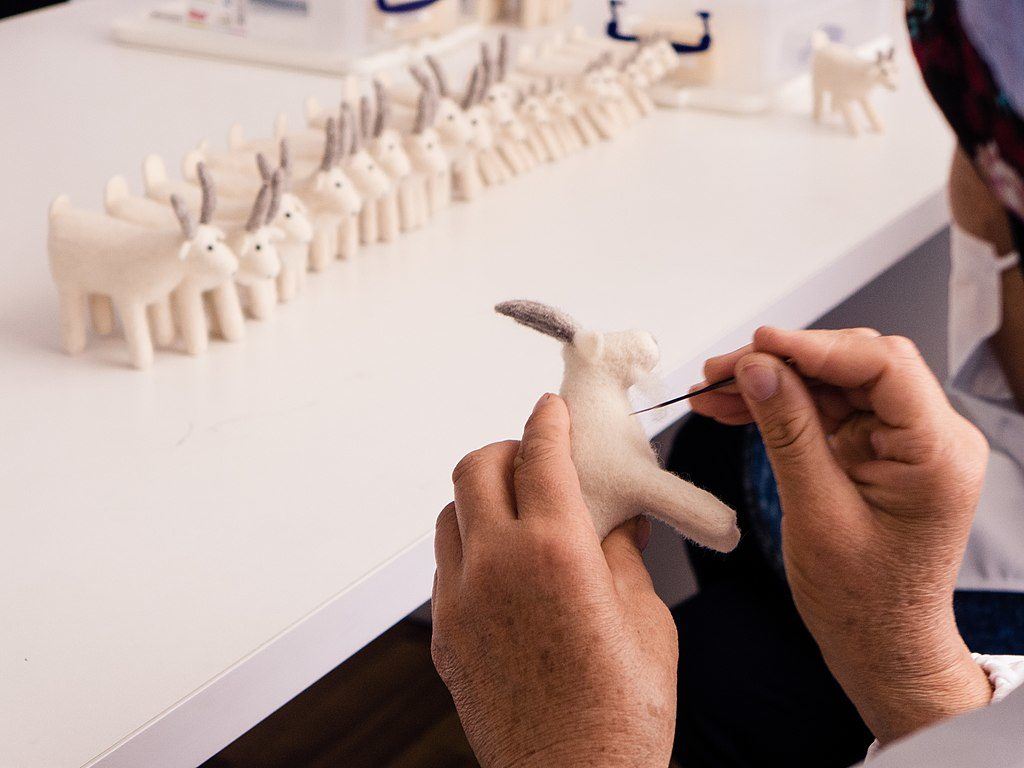
Try designs like a heart, a square, or a triangle, as these can help you understand how felt-wool behaves, without having too much of a learning curve.
The edges of these shapes also help you practice how to define the shape of your crafts, while the overall simplicity ensures that you won’t get overwhelmed.
If you want to try out a very basic shape, a ball is also a great starting point. In fact, a felt ball can be used to store your felting needles afterward!
Find a Mold
While not always necessary, a mold is helpful for complete beginners. There are a few mold designs available on the market, most of which are simple shapes that can work as a guide, helping you to avoid skewed planes and edges.
These molds can be created with different materials, such as metal, or you can use an alternative that’s lying around the house, like a cookie cutter.
If you don’t have a mold, then don’t fret. In its absence, there are many ways to ensure that your felting still acquires the shape that you are aiming for.
For example, create an outline of the shape on your foam felting surface, using a pencil. You will then have a visual comparison to reference.
Prepare Your Wool
To ensure you have enough wool for your project, a good rule of thumb is to buy an amount that is at least ½ inch thicker than the shape you intend to make.
This is because felting will cause this wool to shrink in size. As such, keep in mind that your final product will likely be smaller than you originally planned.
When you gain experience in the craft, then estimating the amount of wool that you need will be far easier.
Prepare Your Workspace
Before we get to felting, make sure that you have all your materials ready and that your space is set up.
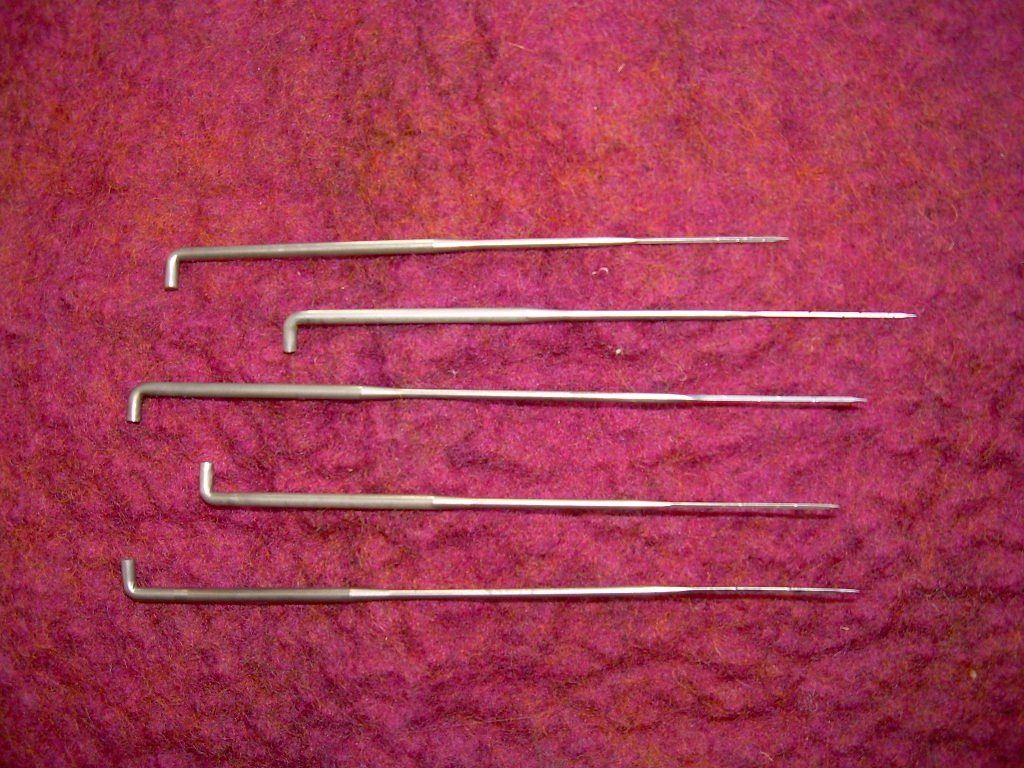
While the need for a felting surface makes this craft less portable than knitting and crocheting, you don’t need an exceptional amount of space overall. As long as you can move both your hands freely, such as if you were eating a meal, you’ll have plenty of room to needle felt.
Lay your felting surface flat and prepare the outline of the shape that you’re planning. Then, place your wool on top of your felting surface.
Begin to Pack the Wool
Now we can finally begin felting!
When first beginning a project, it helps to poke the wool and pack it into place. This gives it a bit of body, allowing you to better outline the shape you intend to create in the later steps.
If you’re using a mold, this step will include packing the felt into the mold and making sure that it fills up the area.
If it looks like you’ll need more wool to achieve the shape you want, this is the best time to add it. Adding more wool later will be more complicated since you’ll need to make sure all other sides have an even amount.
Make sure to flip the mold and pack the wool on the other side as well.
Outline the Shape That You Want
Now that your wool has a bit of body, it’s time to define its shape. This is just a matter of poking the edges of the wool to fill out the space that you have outlined (or the mold that you are using).
This step will take a bit of time, as you are trying to define the final way your wool will appear.
Make the Shape More Compact and Firm
At this point, you will already have a shape to your wool, rather than its being only a blob. If you’re using a mold, feel free to remove your wool from the mold, so that you could pack in the fibers much easier.
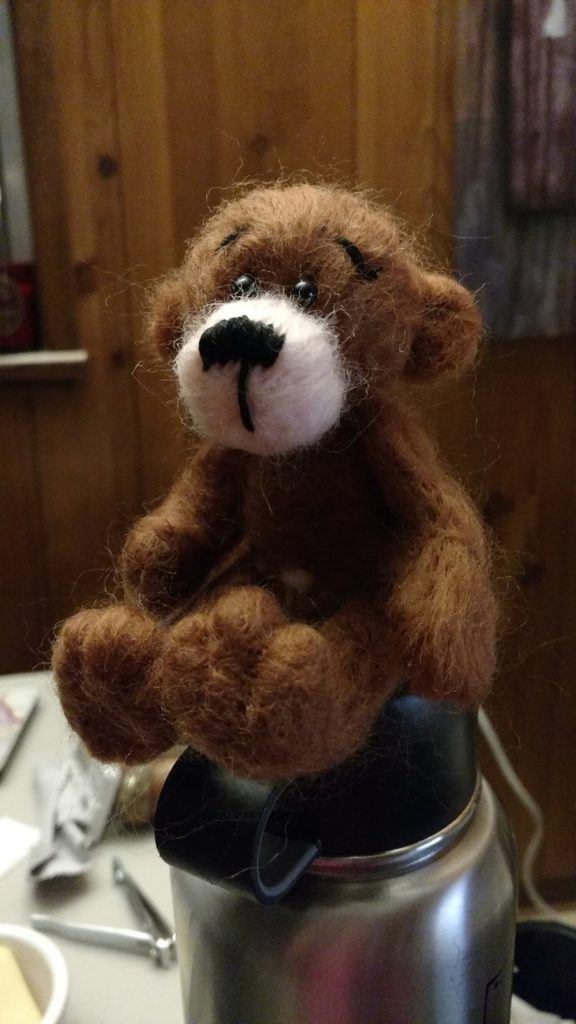
Now that your wool has a general shape, it’s time to ensure that it’s compact and durable. To check the compactness of your wool, squeeze it lightly.
When felting, it’s key to have your wool so compact that it barely gives when you squeeze it. To achieve this, you will have to further pack in the fibers; this means more agitation with your felting needles.
As you go, check the firmness of your felt by squeezing and determining which part of your felt is less firm.
Fold in Excess Fibers
Lastly, you want to avoid leaving excess or stray fibers, which can later get in the way of your felting. Check for loose fibers against the light, should you need to, and ensure that your project is free of them.
Alternatively, you could run your hand over the surface to catch any excess. Stray wool is a sign that your felting isn’t compact enough, so make sure to agitate these spots more with a felting needle.
Here’s a video showing needle felting basics.
Needle Techniques
The most common mistakes that beginning felters make has to do with the needle. Felting needles are very different from crochet and knitting varieties, but most importantly, they are far more delicate and break easily.
As a beginner, it’s key to learn how to hold your needle in such a way that it doesn’t break, but still does the job.
As such, make sure to pull the needle out at exactly the same place you poked it so that it doesn’t snag and break. Also, be sure to use a felting surface at all times, so that your needles are protected.
When defining a shape, hold your needle at an angle, making sure to avoid snagging excess fibers when you pull your needle out.
Types of Wool
If you want to take your needle felting to the next level, why not experiment with different types of wool?
The most common type for needle felting is batting, as this is ideal for creating sculptures and shapes that maintain their form well.
If you intend on branching out to other types of wool, roving and combed top wool can also be used for needle felting, although they will be harder to use. The result will be a much finer design, however.
Getting Better at Needle Felting
Learning a new craft is always a rewarding experience. Not only is it a great way to pass the time, but it’s a good skill to learn.
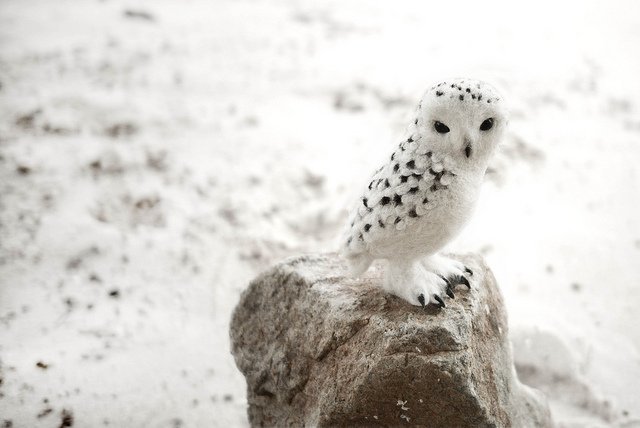
Furthermore, it can open doors to gift-giving opportunities no matter the occasion. Just imagine the crafts that you can make for your family and friends, be they sculptures or something more custom!
While needle crafting can look easy at a glance, you may encounter some problems along the way. It’s always a good idea to take a step back and persevere, making sure that you learn at your own pace.
With enough patience, practice, and wool, you’ll be a needle felting expert in no time.
What are your favorite tips for needle felting?
